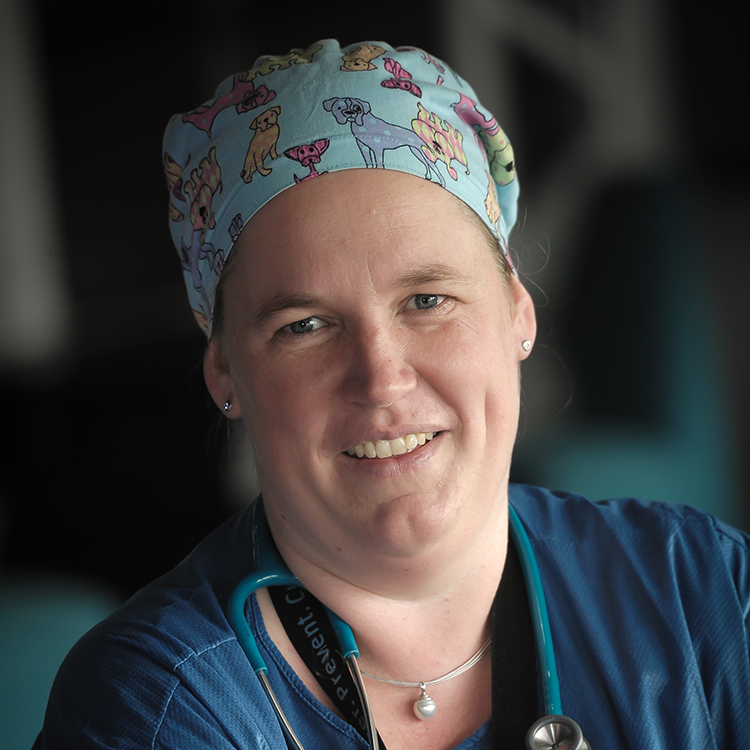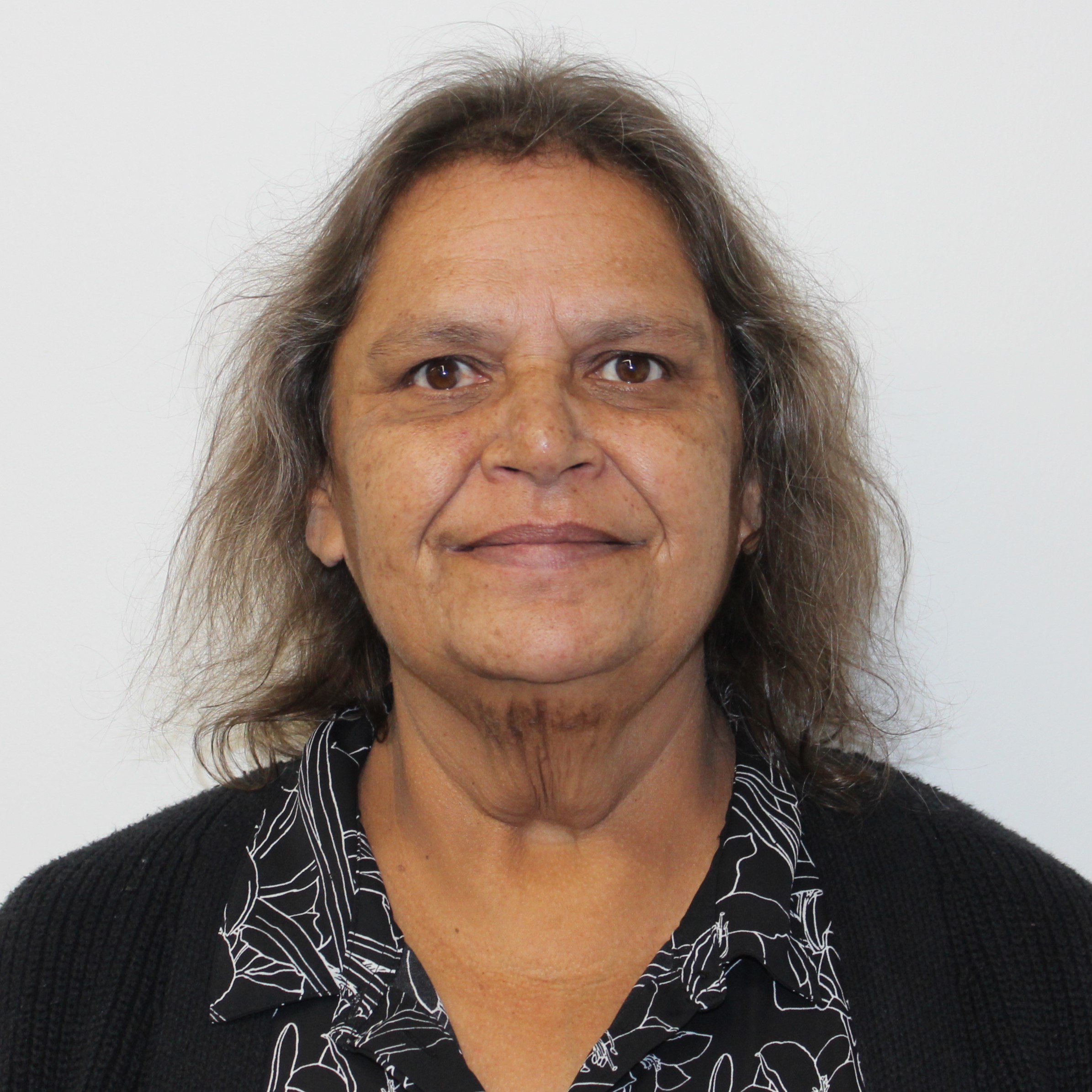Search


People
Professor Britta Regli-von Ungern-Sternberg AM FAHMSChair of Paediatric anaesthesia, University of Western Australia; Consultant Paediatric Anaesthetist, Perth Children’s Hospital; Head, Perioperative Medicine







People
Jannine TaylorJannine is the Community Engagement Coordinator for the NHMRC Synergy Grant funded research project: the West Australian Aboriginal Child Health Survey Linked Data Study (WAACHS Study) at The Kids Research Institute Australia.

